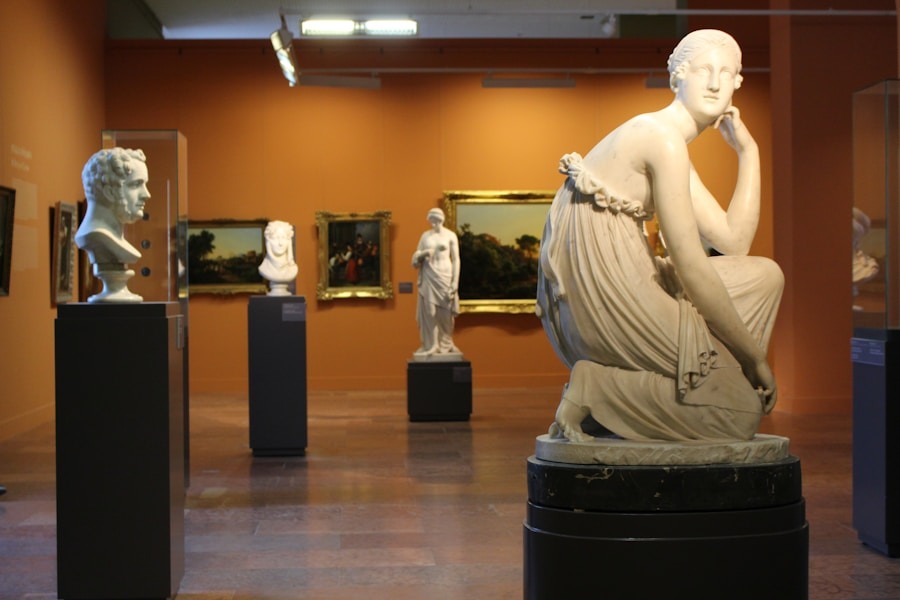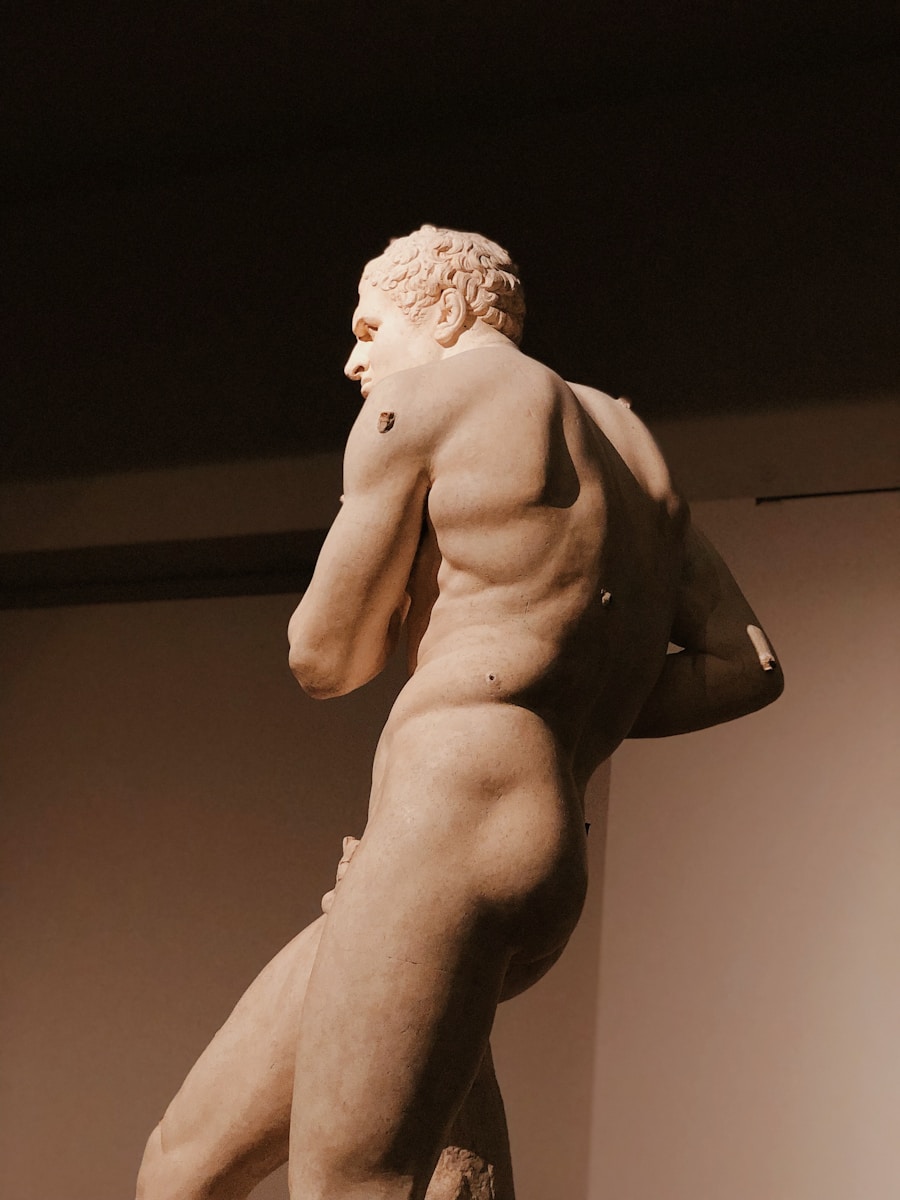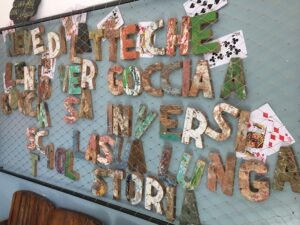The history of repatriation and cultural property debates is deeply intertwined with colonialism, imperialism, and the evolving understanding of cultural heritage. The term “repatriation” refers to the return of cultural artifacts to their country of origin or to the communities from which they were taken. This practice gained prominence in the late 19th and early 20th centuries, particularly as nations began to grapple with the legacies of colonial rule.
Many artifacts were removed from their original contexts during periods of colonization, often under dubious circumstances. For instance, the British Museum houses numerous items taken from various cultures, including the Elgin Marbles from Greece and the Benin Bronzes from Nigeria, which have become focal points in the repatriation debate. As the 20th century progressed, the discourse surrounding cultural property began to shift.
The aftermath of World War II and the rise of post-colonial thought prompted a reevaluation of the ownership and stewardship of cultural artifacts. International agreements, such as the UNESCO Convention on the Means of Prohibiting and Preventing the Illicit Import, Export, and Transfer of Ownership of Cultural Property (1970), sought to establish guidelines for the protection and return of cultural heritage. These developments laid the groundwork for contemporary repatriation movements, as countries and indigenous groups increasingly demanded the return of their cultural property, arguing that these artifacts are integral to their identity and heritage.
Key Takeaways
- Repatriation has a long history dating back to the 19th century, with debates over the return of cultural property gaining momentum in recent decades.
- Current issues and controversies surrounding repatriation include the rightful ownership of cultural artifacts, the impact of colonialism, and the ethical considerations of repatriation.
- Museums and institutions play a crucial role in repatriation efforts by engaging in dialogue with indigenous communities and reassessing their acquisition and display policies.
- Legal and ethical considerations in cultural property debates involve navigating international laws, ethical guidelines, and the rights of indigenous communities to their cultural heritage.
- The impact of repatriation on indigenous communities is significant, as it can contribute to cultural revitalization, healing from historical trauma, and the preservation of traditional knowledge and practices.
- The future of repatriation and cultural property debates will likely involve continued collaboration between museums, institutions, and indigenous communities, as well as ongoing discussions on the ethical and legal frameworks surrounding cultural heritage.
Current Issues and Controversies Surrounding Repatriation
Ownership and Custodianship
Many museums and institutions argue that they are the rightful custodians of cultural artifacts, claiming that they preserve them for future generations and provide educational opportunities. However, this perspective is often met with resistance from source communities who assert that these items belong to them by virtue of their cultural significance and historical context.
Legal Frameworks and Inconsistencies
The debate is further complicated by legal frameworks that vary widely across countries, leading to inconsistencies in how repatriation claims are handled. This lack of uniformity creates an environment where it is difficult to navigate the complex web of laws and regulations surrounding cultural property.
Provenance and Ethical Considerations
Another pressing issue is the provenance of artifacts. Many items in museum collections lack clear documentation regarding their acquisition, making it difficult to ascertain their rightful owners. This lack of transparency raises ethical questions about how institutions should address claims for repatriation. The case of the Benin Bronzes highlights this dilemma, as institutions must navigate both legal and moral obligations while considering the historical context in which these items were removed.
The Role of Museums and Institutions in Repatriation Efforts

Museums and cultural institutions play a pivotal role in the ongoing repatriation debates. Traditionally viewed as guardians of cultural heritage, these institutions are now being called upon to reassess their roles in light of growing demands for transparency and accountability. Many museums have begun to engage in dialogue with source communities, recognizing that collaboration can lead to more equitable solutions.
For instance, the Smithsonian Institution has established partnerships with Native American tribes to facilitate the return of ancestral remains and sacred objects, reflecting a shift towards more inclusive practices. However, not all institutions have embraced this collaborative approach. Some museums remain resistant to repatriation efforts, citing concerns about potential loss of revenue or educational value associated with their collections.
This reluctance can exacerbate tensions between museums and source communities, as it may be perceived as a disregard for cultural heritage and identity. The challenge lies in finding a balance between preserving artifacts for public education and acknowledging the rights of communities to reclaim their cultural property.
Legal and Ethical Considerations in Cultural Property Debates
The legal landscape surrounding repatriation is complex and often fraught with challenges. Various national and international laws govern the ownership and transfer of cultural property, but these laws can be inconsistent and sometimes contradictory. For example, while some countries have enacted legislation that facilitates repatriation, others maintain strict laws that protect museum collections from claims.
The 1970 UNESCO Convention serves as a guiding framework for many nations; however, its implementation varies significantly across jurisdictions. Ethical considerations also play a crucial role in cultural property debates. Museums are increasingly being called upon to adopt ethical guidelines that prioritize the rights and perspectives of source communities.
This shift reflects a growing recognition that cultural heritage is not merely an object to be displayed but is deeply connected to identity, history, and community well-being. Institutions are now grappling with questions about how to honor these ethical obligations while navigating legal constraints. The challenge lies in fostering an environment where dialogue can flourish, allowing for a more nuanced understanding of ownership that respects both legal frameworks and ethical imperatives.
The Impact of Repatriation on Indigenous Communities
The impact of repatriation on indigenous communities is profound and multifaceted. For many groups, the return of cultural artifacts represents not only a reclamation of their heritage but also a restoration of identity and dignity. Artifacts often hold deep spiritual significance, serving as tangible connections to ancestors and traditions that have been disrupted by colonization.
The act of repatriation can facilitate healing processes within communities, allowing for the revitalization of cultural practices that may have been suppressed or lost over generations. Moreover, repatriation can empower indigenous communities by providing them with agency over their cultural heritage. When artifacts are returned, communities can choose how to engage with them—whether through display in local museums, ceremonial use, or educational initiatives.
This autonomy fosters a sense of pride and ownership that can strengthen community bonds and promote intergenerational knowledge transfer. However, challenges remain; not all communities have the resources or infrastructure to adequately care for returned artifacts, which raises questions about how best to support these efforts.
The Future of Repatriation and Cultural Property Debates

Looking ahead, the future of repatriation and cultural property debates is likely to be shaped by ongoing dialogues between museums, governments, and source communities.
Institutions may increasingly adopt policies that prioritize repatriation efforts while also investing in capacity-building initiatives for source communities.
Technological advancements may also play a role in shaping future repatriation efforts. Digital archiving and virtual exhibitions can provide alternative ways for museums to engage with source communities while still preserving access to collections for broader audiences. This approach could help bridge gaps between preservation and repatriation, allowing for a more inclusive narrative around cultural heritage.
As societies continue to confront their colonial pasts, the ongoing debates surrounding repatriation will likely serve as a catalyst for broader discussions about justice, equity, and reconciliation in cultural heritage management.
For more information on cultural property debates, you may be interested in exploring the key aspects of Carvaka philosophy. This ancient Indian school of materialism challenged traditional beliefs and values, sparking debates that are still relevant today. To learn more about this fascinating topic, check out this article.
FAQs
What is repatriation?
Repatriation refers to the process of returning cultural artifacts, human remains, or other items of cultural significance to their place of origin or to the descendants of the original owners.
What are cultural property debates?
Cultural property debates involve discussions and disagreements about the ownership, possession, and display of cultural artifacts, particularly those that have been removed from their places of origin and are now held in museums or private collections.
What are some examples of repatriation efforts?
Examples of repatriation efforts include the return of Native American human remains and cultural artifacts to tribes in the United States, the return of looted artifacts to their countries of origin, and the restitution of artworks stolen during the Nazi era to the descendants of their original owners.
What are the arguments for repatriation?
Proponents of repatriation argue that cultural artifacts should be returned to their places of origin or to the descendants of the original owners in order to right historical wrongs, preserve cultural heritage, and promote cultural self-determination.
What are the arguments against repatriation?
Opponents of repatriation argue that cultural artifacts should remain in the possession of museums or private collectors in order to preserve and study them, and that repatriation could set a precedent leading to the emptying of museums and private collections.






















+ There are no comments
Add yours